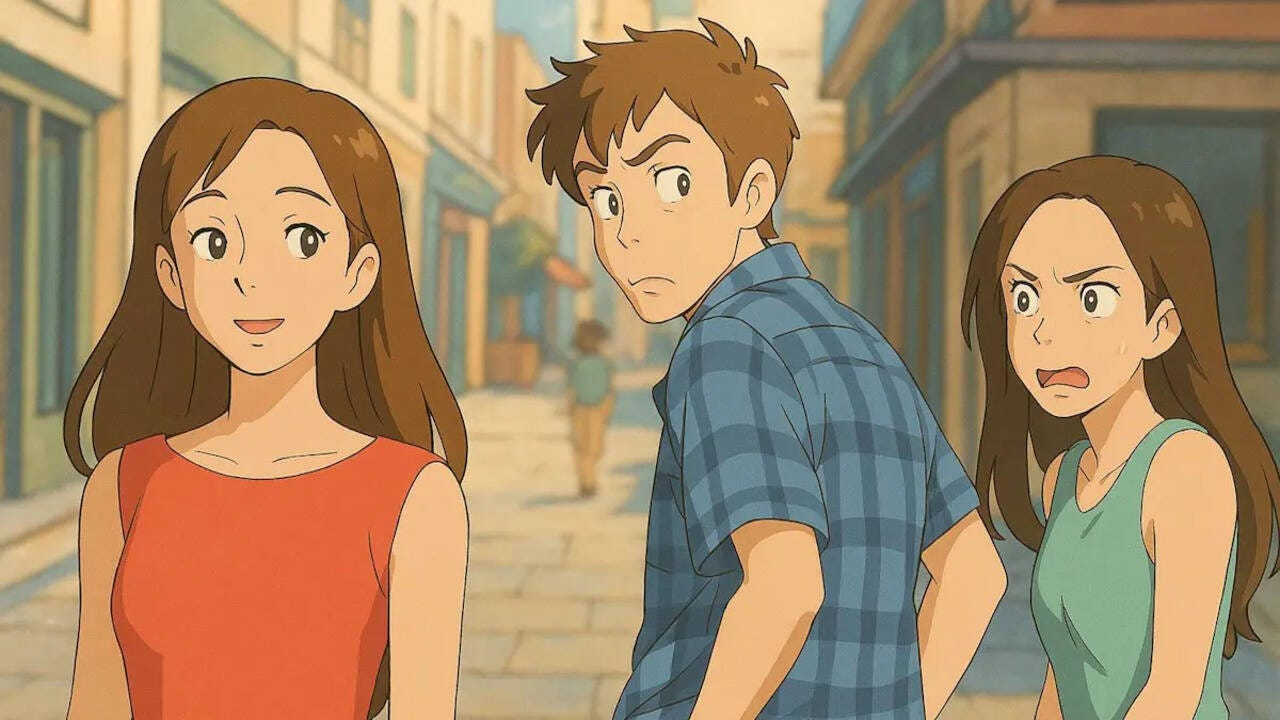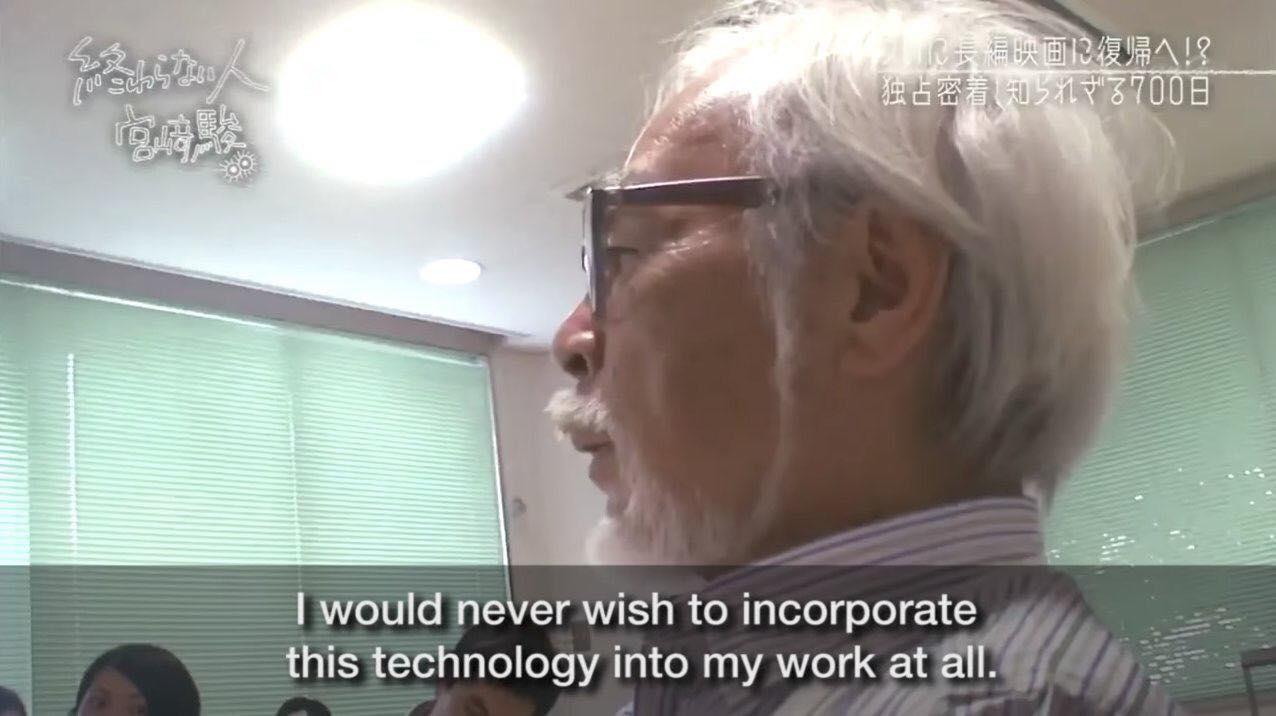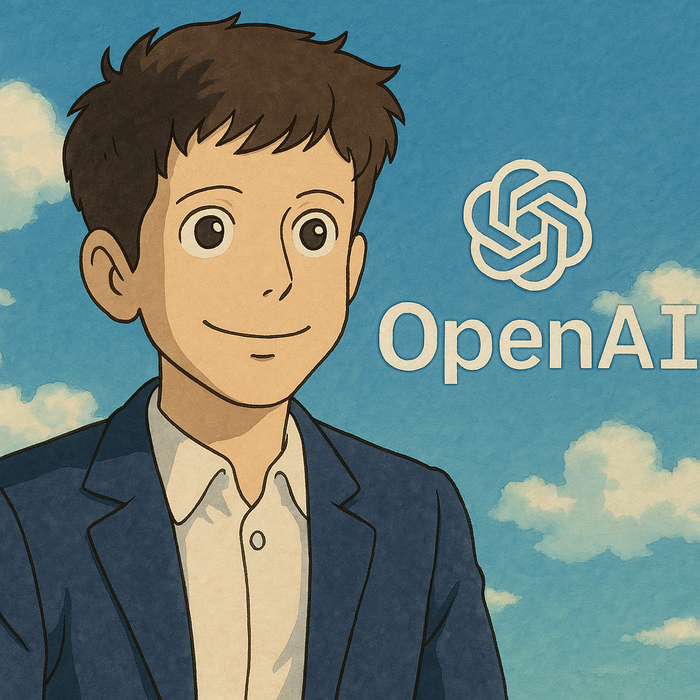We are excited to announce our $2M seed round led by Joa Capital.
Read Now

November 2, 2025
Syed Mohammad Sharfuzzaman Nayeem

OpenAI’s GPT-4o started allowing users to generate images in Studio Ghibli style, hand-drawn, lush, emotive animation that generations have revered back in March.
Almost all of us had become part of the trend, uploading our images to GPT and sharing the results on social media.
The internet had become “Ghiblified” with pets, memes, and cute couple pictures dropping every minute. Sam Altman also changed his profile picture to a Ghibli version.
It didn’t take people much time to get creative with prompts and come up with results other than generic ones. OpenAI’s trend became so powerful that it gained 1 million users.
But there was another side of social media where the famous quote of Hayao Miyazaki, in which he said that he never wished to incorporate this technology into his work, and called AI animation an insult to life itself, kept popping up.
This meant the audience was divided into two parts. On one hand, people enjoyed what Ghibli filters did to their pictures, but on the other side considered this an AI theft, an insult to the art and the artist.
All of us came to appreciate Studio Ghibli’s films even more when we heard that the legendary four-second crowd scene in The Wind Rises took more than a year to animate.
The information just reaffirmed Ghibli’s dedication to authenticity. Miyazaki tried to preserve art when the industry was pushing towards CGI. And his films were never built on shortcuts anyway. Every frame carries intention, weight, and human labor. In fact, you could say they are a revolt against automation.
But when millions of users instantly transformed their faces or pets into Ghibli style without any compensation or credit to the original creators, it’s a breach of principles.
And it’s not that all of us were happy about it. Negative social sentiment started to show over this blatant disregard for OpenAI.

When individuals, brands, and institutions rush to adopt a trend like this, they normalize the underlying technology. The so-called harmless family photo becomes part of a larger shift; it signals consent for style appropriation.
That collective participation erodes the boundaries between derivative mimicry and original art, blurring the line between tribute and theft.
Consider how universities and cities joined in. The University of North Texas posted a Ghiblified campus image, only to delete it after criticism, despite having its own visual arts department. The City of Denton used the style even though local talent far outshines what AI can do.
Commercial brands such as Wendy’s India, Swiggy, Zepto, and Britannia launched Ghibli-style ads. And most alarmingly, the White House used a Ghibliified image of a detained immigrant to push a deportation narrative.

Brands could easily argue that their acts were benign. But in reality, they were encouraging art theft and lauding it. Plus, they showed the dangers of how styles, aesthetics, and languages can be repurposed for one’s own benefits because of the scalability AI has reached today.

In interviews, Miyazaki has explicitly condemned AI’s mechanization of animation. In a 2016 documentary clip that resurfaced during the Ghiblification wave, he watched an AI demo producing grotesque character motions and said he was “utterly disgusted.”
He linked the experience to a friend’s mobility struggles, stating that the AI’s lack of pathos reminded him of how human suffering cannot be simulated without cost.
His perspective is that if art is meant to capture what it means to feel, to err, and to care, then replicating its surface without experiencing its roots is an act of reduction. Yet in 2025, his words circulated as protest, overshadowing the gleeful apps that promised instant Ghibli magic.

OpenAI allowed Ghibli-style rendering but blocked direct replication of living artists. Their defense against public rebuke was that they refused prompts referencing the style of a living artist, but permitted broader studio styles.
The company’s decision to embrace this trend was not accidental. According to Reuters, OpenAI reported that the viral Ghibli effect pushed weekly active users past 150 million, with in-app revenue and downloads spiking. They even temporarily rate-limited the feature to manage server loads.
However, commercial success didn’t absolve them from ethical hypocrisy and social sentiment backlash. Fans called it an affront to Miyazaki’s legacy. Some expressed concerns over how AI models are being trained on copyrighted artworks and the future of the livelihood of human artists.
OpenAI had become the prime example of how companies don’t care about artists or copyright infringement. Plus, their silence on the White House’s deportation promotion didn’t help their position at all.
It doesn’t seem like an honest mistake or tone deafness. Altman’s public adoption of Ghiblify as personal branding, despite awareness of Miyazaki’s stance, feels like a calculated leverage of fan sentiment.
If you reference a cultural form, understand its politics, history, and creators. Using a visual aesthetic is never neutral.
Just because something spreads fast doesn’t mean it’s a good idea. Quick engagement can build your reach, but at the cost of your moral capital. Especially at a time when the audience is more aware of what’s happening around them.
Certain artistic legacies should resist commodification. There is a difference between homage and extraction.
One of the biggest errors that OpenAI made was that it took quick virality and increased user time as success. So much so that when the backlash came, they didn’t have much of a response. Brands should always deploy resources to test an idea and see social sentiment towards it. Also, OpenAI has become an example of why brands should focus on PR management more.
Studio Ghibli has produced many magnificent works. A lot of us have become emotional watching Grave of the Fireflies or Whisper of the Heart.
Ghibli broke the barriers of language and culture with its art and story. So, when exploitative technology took a dig at it, people united and responded accordingly. And now the Ghibli story will always be an example if any similar instances arise in the future.
Yes, brands should try to ride the waves of various trends, but not at the cost of their reputation. You don’t want to be famous for the wrong reasons.
Read more here.
Discover How Audience Intelligence can help your brand grow